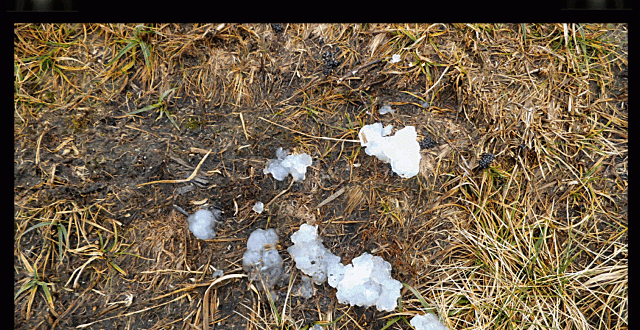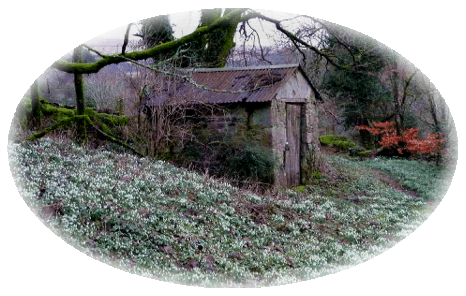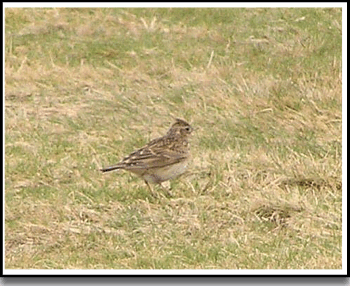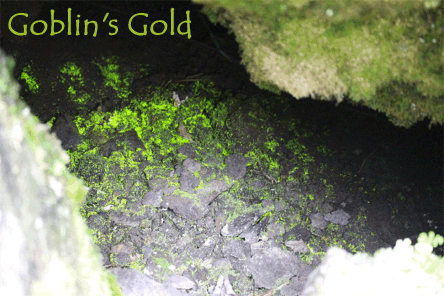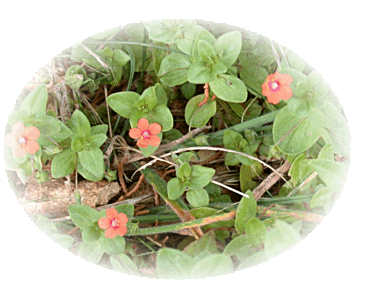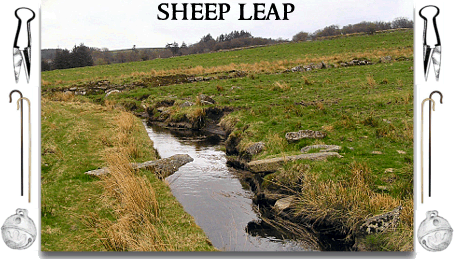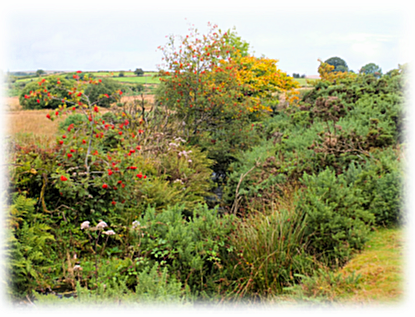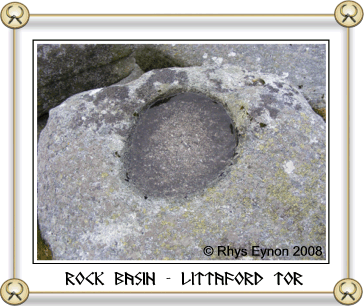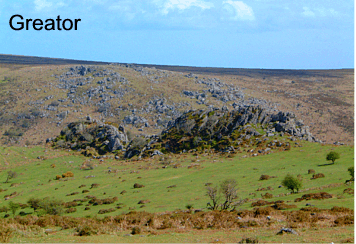“I was reading your “Satan & the Holy Cross” page, which I found quite entertaining. You did mention “White Jelly fungus” which is sometimes found on Dartmoor. I have sometimes come across this substance on Dartmoor, and wondered what it is. The stuff I have seen, which looks just like …
Read More »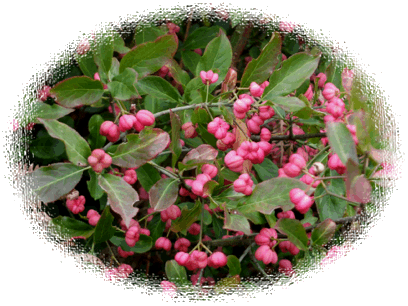
 Legendary Dartmoor The many aspects past and present of Dartmoor
Legendary Dartmoor The many aspects past and present of Dartmoor

